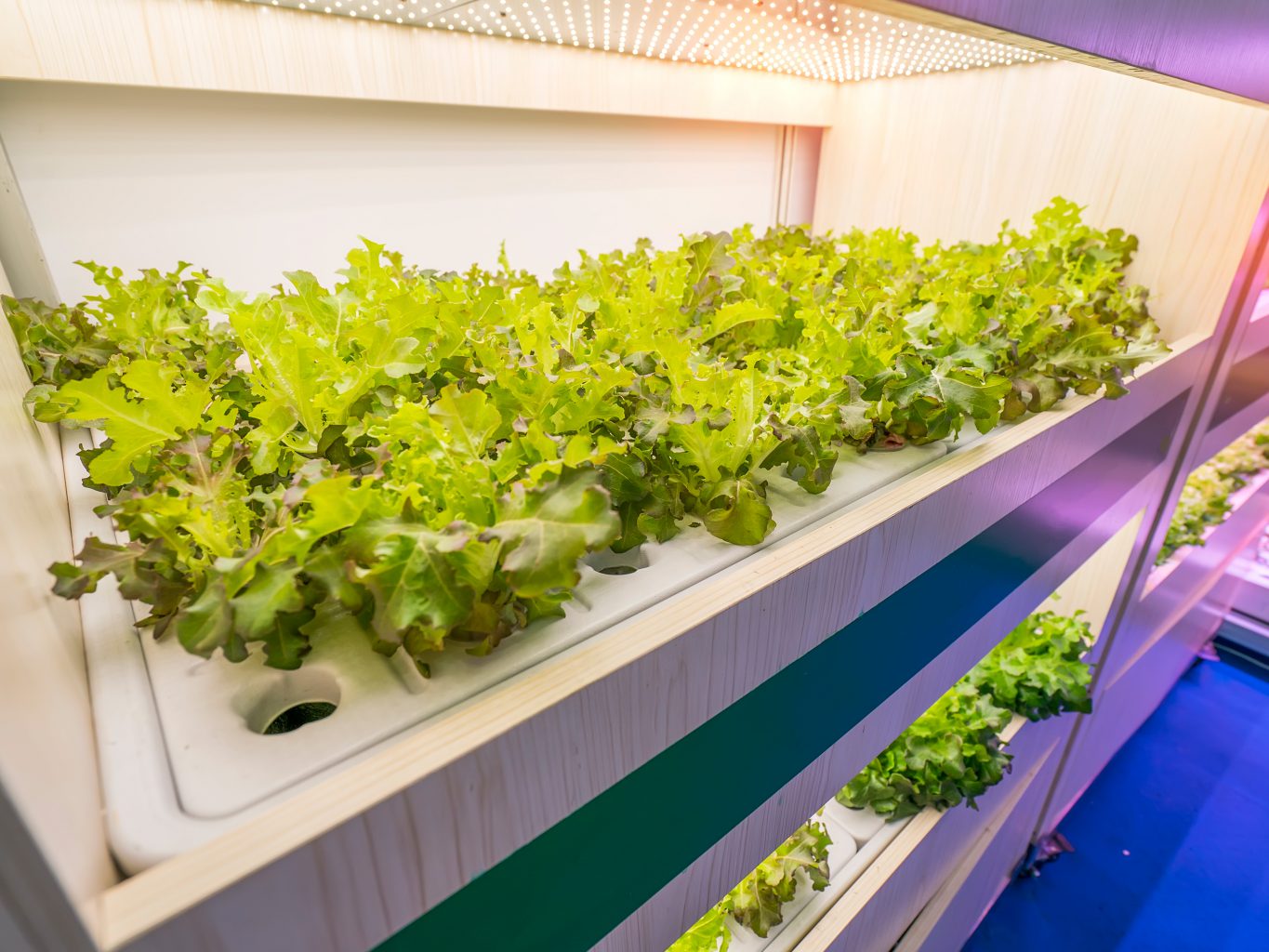By Vicki Spencer, Master Gardener
With hints of warmer weather comes increased seed displays at stores, but the rule of thumb in Colorado is to wait until after Mother’s Day to start your outdoor gardening. However, starting early extends the growing season, which is important in the high country. Planting seeds indoors can help.
Starting plants from seed is akin to bringing a new puppy home — both require faithful attention. When purchasing seeds, look closely at the expiration date on packets and avoid older seeds. Newer seeds have a better germination rate and will give you a bigger bang for your buck. Buy seeds from a reputable seed company or garden store. Some popular choices include tomatoes, peppers and winter squash. Root vegetables are better sown directly in the soil outdoors.
To succeed with seeds, consider the following:
1. Check a planting calendar, such as Old Farmer’s Almanac, to determine your last spring frost date and start seeds six to eight weeks earlier.
2. Use recycled plastic containers to save money — poke drainage holes in the bottoms.
3. Fill containers with seed starting mix. It drains better than soil and minimizes disease risk.
4. Place containers on a tray. Rubber boot trays and old cookie sheets work well or buy plastic flats from your garden store.
5. Plant seeds to proper depth written on seed packet. (Rule of thumb is 2-3 times the seed width.)
6. Keep soil moist but not saturated. Spray with fine mist when the soil is dry to touch or pulls away from the container’s edge. Do not let water sit on the tray as seedling roots may rot. Try placing plastic above the soil to generate moisture, but remove the plastic after plants get established.
7. Place tray in a warm location with indirect light.
8. Check daily. You will be surprised to see germination within a few days. The first set of leaves are not really leaves. Wait for the second set, called true leaves, to appear. Then thin plants to avoid crowding, but don’t pull them out as you may disturb the root system of the plants you wish to keep. Instead, snip stems at the soil line. Start fertilizing every other week with liquid fertilizer diluted to half the strength typically used on plants.
Place in a sunny location or under a grow light. Rotate to encourage straight growth and move away from direct light if plants become spindly. If plants outgrow their containers, transplant to a larger pot. Scoop out plants from the roots with a spoon and drop into a hole made in moist potting mixture. After the last frost, begin hardening off plants by placing outside for two hours and gradually increasing to all day before planting in the ground. By starting early, your garden will be weeks ahead of your neighbors’.
Gardener Vicki Spencer has an eclectic background in conservation, water, natural resources and more.

